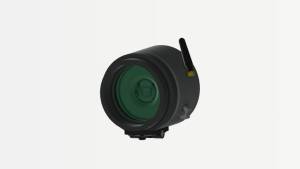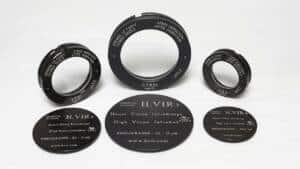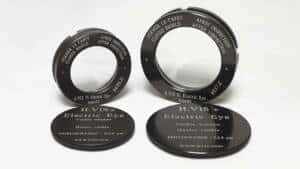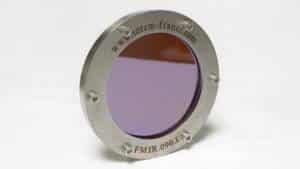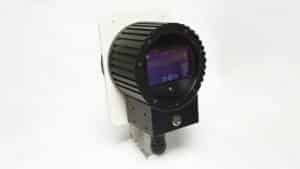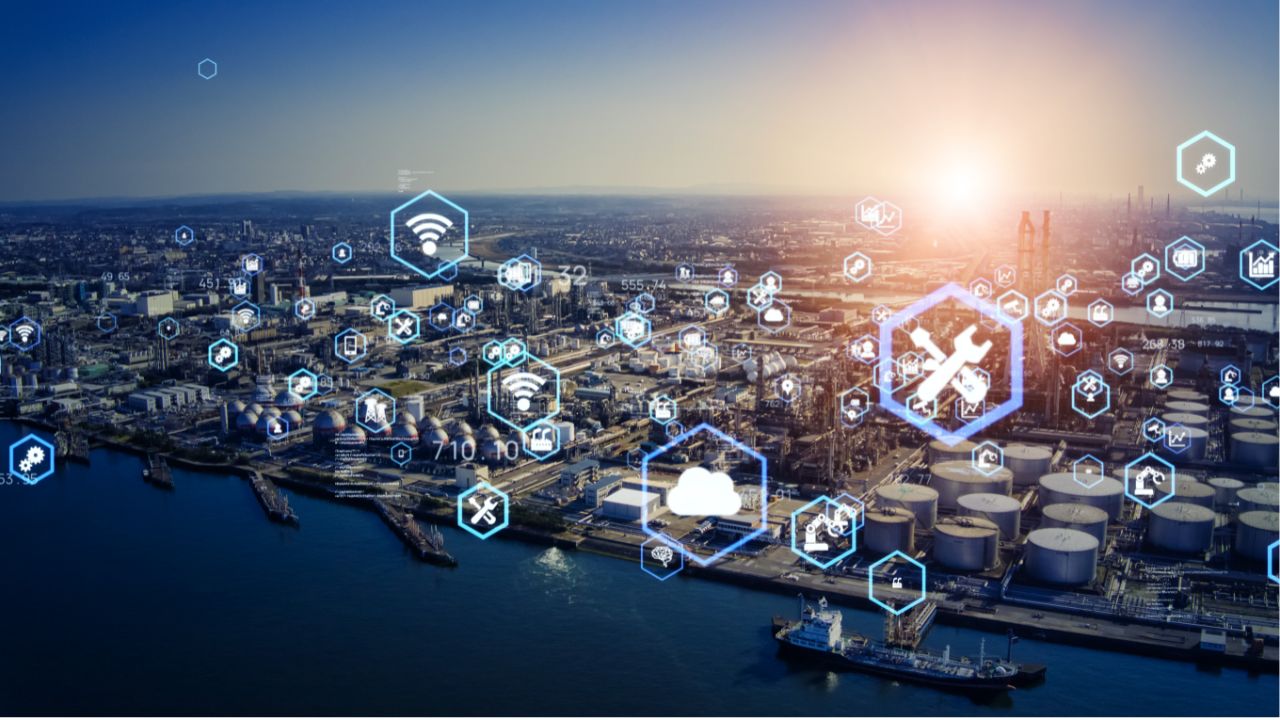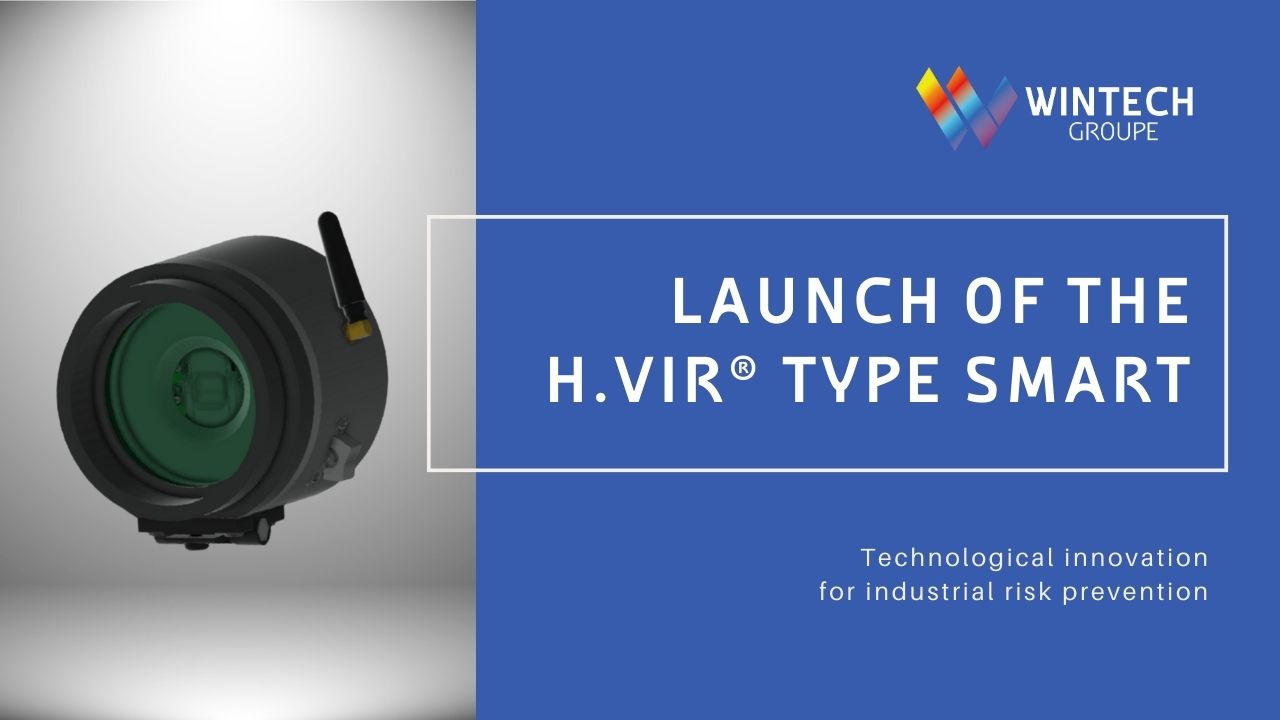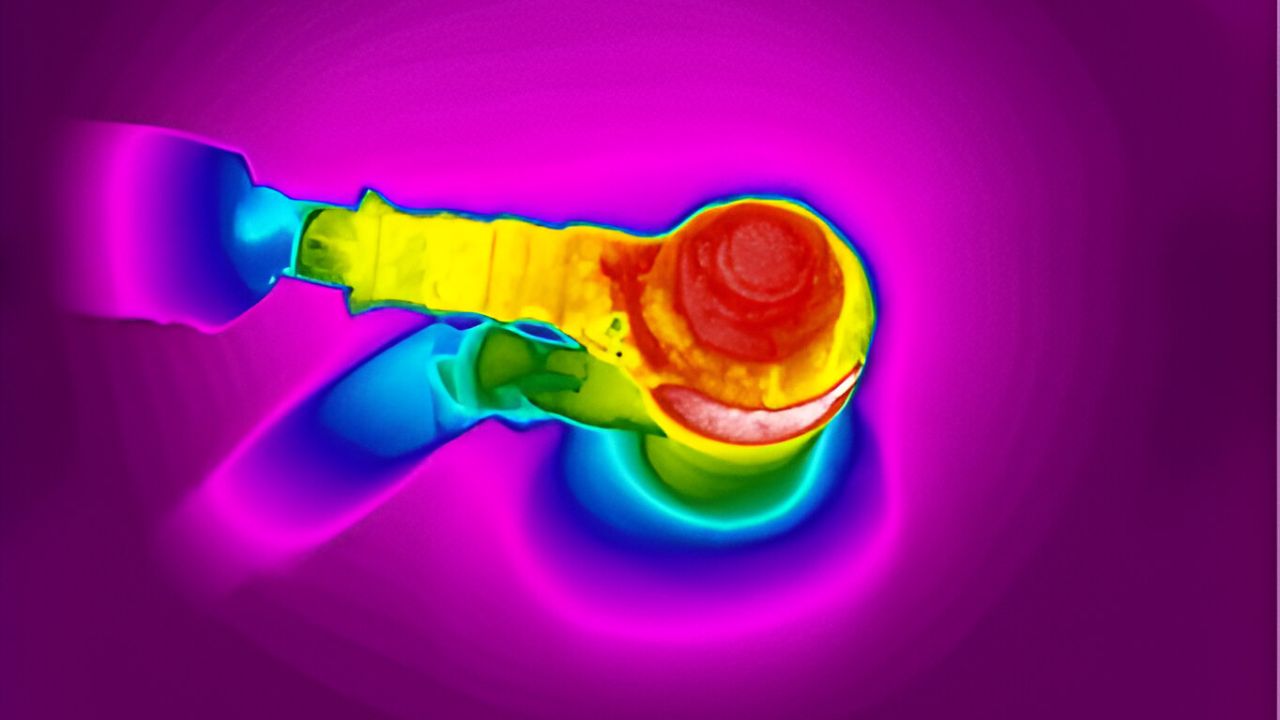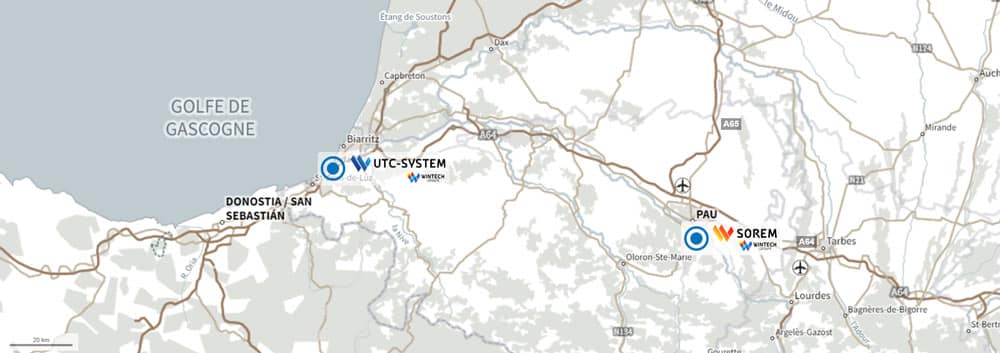Stand-alone thermographic monitoring: technology and installation process
The maintenance of electrical equipment has evolved towards a preventive model, recognized and recommended in particular by insurance companies. Using thermal cameras thru infrared windows integrated to electrical equipment is now standard procedure. Technologies are evolving to provide more safety and reliability in the prevention of fire risk. This means that companies can move from a preventive model to a predictive model that is based on intelligent and connected detectors. How does this technology work? What is the installation process? Welcome to a new era of industrial risk management.
Thermography, IoT, compensation and calibration algorithms for predictive maintenance
Technologies are made to evolve. Innovation is the driving force behind improvements to maintenance and monitoring of electrical equipment, focused on the prediction of industrial incidents. These operating methods do not exclude human intervention. They contribute to decision-making (corrective actions, preventive actions) and improve the monitoring of device behavior.
Innovating means knowing how to optimize a technology that has proven itself, by integrating complementary systems. Thus, the use of thermal cameras, combined with infrared windows, has proven its effectiveness by significantly improving the monitoring and maintenance operations of electrical installations (early detection of thermal anomalies, cost reduction, improvement of the lifespan of equipment).
Can we go further in the preventive system? Yes, by offering an innovative solution that combines thermography, optronic technology, connectivity and artificial intelligence. This solution is the autonomous UTC-SD detector, an innovative predictive device.
Compact, the UTC-SD integrates an uncooled micro bolometer at the heart of an optronic system (infrared window). Autonomous, this device continuously monitors electrical equipment, analyzing the behavior of the connectors. Connected, UTC-SD delivers real-time information and triggers alerts according to the temperature thresholds set upstream in its on-board software. Storing the recorded data, it is also a valuable monitoring tool for thermographers and safety technicians
Operation and installation process of the UTC-SD stand-alone detectors
For continuous monitoring and control of electrical equipment, the UTC-SD must be integrated into the device. In the same way as the H.VIR® infrared windows are for the maintenance of companies’ electrical installations. This integration can be done in two ways: on new equipment before delivery or retrofitted (on equipment already in operation).
UTC-SD has two software programs: an embedded software and a supervision interface.
The embedded software is an integral part of the device. Its features appear on the UTC-SD touchscreen. From this screen, you can set the alarm by specifying the desired temperature threshold. You also see the inside of the electrical equipment live and benefit from the camera feedback of the infrared detector.
The supervision interface can be viewed on a PC, smartphone or tablet. It brings together all the data visualized by your UTCs and integrates a statistics module. You also have access to a thermographic function that allows you to perform in-depth analyses on the thermograms (images) produced by the UTC-SD. A mask editor is proposed to isolate a parasitic area from the observed thermal scene. Finally, the ability to take screenshots is an additional tool for monitoring electrical equipment to track the evolution of its condition.
For all the information you need on how UTC-SD works and its features, we invite you to download its technical brochure:
The maintenance of electrical equipment has evolved towards a preventive model, recognized and recommended in particular by insurance companies. Using thermal cameras thru infrared windows integrated to electrical equipment is now standard procedure. Technologies are evolving to provide more safety and reliability in the prevention of fire risk. This means that companies can move from a preventive model to a predictive model that is based on intelligent and connected detectors. How does this technology work? What is the installation process? Welcome to a new era of industrial risk management.
Thermography, IoT, compensation and calibration algorithms for predictive maintenance
Technologies are made to evolve. Innovation is the driving force behind improvements to maintenance and monitoring of electrical equipment, focused on the prediction of industrial incidents. These operating methods do not exclude human intervention. They contribute to decision-making (corrective actions, preventive actions) and improve the monitoring of device behavior.
Innovating means knowing how to optimize a technology that has proven itself, by integrating complementary systems. Thus, the use of thermal cameras, combined with infrared windows, has proven its effectiveness by significantly improving the monitoring and maintenance operations of electrical installations (early detection of thermal anomalies, cost reduction, improvement of the lifespan of equipment).
Can we go further in the preventive system? Yes, by offering an innovative solution that combines thermography, optronic technology, connectivity and artificial intelligence. This solution is the autonomous UTC-SD detector, an innovative predictive device.
Compact, the UTC-SD integrates an uncooled micro bolometer at the heart of an optronic system (infrared window). Autonomous, this device continuously monitors electrical equipment, analyzing the behavior of the connectors. Connected, UTC-SD delivers real-time information and triggers alerts according to the temperature thresholds set upstream in its on-board software. Storing the recorded data, it is also a valuable monitoring tool for thermographers and safety technicians
Operation and installation process of the UTC-SD stand-alone detectors
For continuous monitoring and control of electrical equipment, the UTC-SD must be integrated into the device. In the same way as the H.VIR® infrared windows are for the maintenance of companies’ electrical installations. This integration can be done in two ways: on new equipment before delivery or retrofitted (on equipment already in operation).
UTC-SD has two software programs: an embedded software and a supervision interface.
The embedded software is an integral part of the device. Its features appear on the UTC-SD touchscreen. From this screen, you can set the alarm by specifying the desired temperature threshold. You also see the inside of the electrical equipment live and benefit from the camera feedback of the infrared detector.
The supervision interface can be viewed on a PC, smartphone or tablet. It brings together all the data visualized by your UTCs and integrates a statistics module. You also have access to a thermographic function that allows you to perform in-depth analyses on the thermograms (images) produced by the UTC-SD. A mask editor is proposed to isolate a parasitic area from the observed thermal scene. Finally, the ability to take screenshots is an additional tool for monitoring electrical equipment to track the evolution of its condition.
For all the information you need on how UTC-SD works and its features, we invite you to download its technical brochure:


